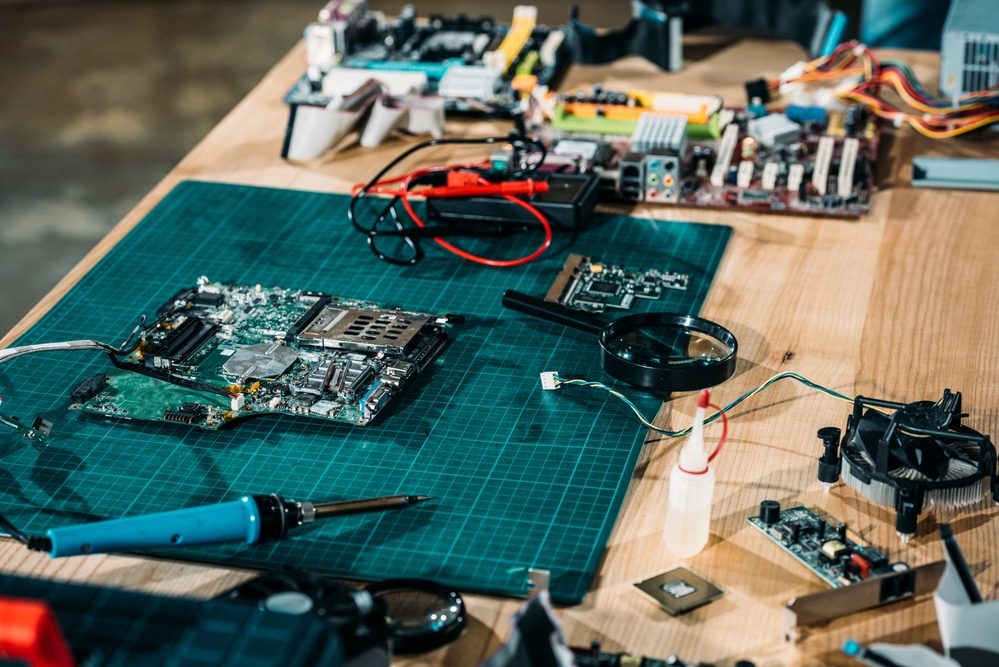The Controller Area Network (CAN Bus) is a widely used communication protocol in various industries, including automotive, aerospace, and industrial automation. For CAN Bus networks to function correctly, proper termination is essential. Termination testing helps ensure the network’s reliability and data integrity. In this comprehensive guide, we will walk you through the step-by-step process of CAN Bus termination testing, helping you maintain a robust and stable communication network.
Understanding CAN Bus Termination
Before delving into the testing process, let’s clarify the concept of termination in CAN Bus networks:
- Impedance Matching
Termination in a CAN Bus network involves matching the network’s characteristic impedance with the impedance of the connected devices. The characteristic impedance of a CAN Bus is typically around 120 ohms. Proper termination ensures that signals do not reflect back into the network, preventing signal degradation and data errors.
- Termination Resistor
Termination is achieved using a termination resistor, typically a 120-ohm resistor, placed at each end of the CAN Bus network. These resistors provide the correct impedance and absorb the signal energy at the ends of the network, preventing signal reflections.
Step-By-Step CAN Bus Termination Testing
Gather Necessary Tools and Equipment
To perform termination testing, you’ll need the following:
- CAN Bus termination resistors (120 ohms)
- A multimeter
- A CAN Bus network
- Appropriate connectors and cables
Identify the CAN Bus Network Ends
Determine the physical endpoints of your CAN Bus network. This might involve identifying the connectors or devices where the network terminates.
Disconnect the Terminating Resistors
Begin the testing process by disconnecting the termination resistors at both ends of the CAN Bus network. This step temporarily removes termination from the network.
Measure the Network’s Impedance
Using a multimeter set to measure resistance, check the impedance of the CAN Bus network without the termination resistors. Connect the multimeter probes to the ends of the network (where the termination resistors were previously connected) and record the measured impedance.
- If the measured impedance is approximately 60 ohms, it indicates that the network is unterminated.
- If the measured impedance is significantly different from 120 ohms, it suggests a potential issue with the network or the wiring.
Reconnect the Termination Resistors
Once you have measured the impedance without termination, reconnect the termination resistors at both ends of the CAN Bus network. Ensure that the resistors are securely connected.
Verify Termination
After reconnecting the termination resistors, recheck the impedance of the network using the multimeter. The impedance should now be approximately 120 ohms, indicating proper termination.
Inspect the Network for Errors
With the termination resistors in place, power up the CAN Bus network and monitor it for any error messages or communication issues. Error messages can indicate problems with the network’s termination or wiring.
Test Data Communication
To further validate the network’s performance, send test data through the CAN Bus and verify that it is transmitted and received correctly by the connected devices. Ensure that there are no data errors or issues with signal integrity.
Check Signal Waveforms
Use an oscilloscope to examine the CAN Bus signal waveforms. Properly terminated networks should exhibit clean, well-defined signal patterns without reflections or distortions. Any anomalies in the waveforms may indicate termination problems.
Document Test Results
Keep detailed records of your termination testing process, including impedance measurements, error messages, and oscilloscope waveform captures. This documentation can be valuable for troubleshooting and future reference.
Common Termination Issues and Solutions
During termination testing, you may encounter various issues that can affect the performance of your CAN Bus network. Here are some common problems and their solutions:
- Incorrect Termination Resistance: If the measured impedance with termination resistors is not approximately 120 ohms, check the resistance values of the termination resistors themselves. Ensure they are indeed 120-ohm resistors and replace any faulty ones.
- Wiring Problems: If the impedance measurements indicate significant deviations from 120 ohms, inspect the wiring for faults, such as open circuits, short circuits, or damaged cables. Repair or replace any faulty wiring.
- Device Malfunctions: If the network still exhibits issues after proper termination, investigate the connected devices for malfunctions or incorrect settings. Verify that all devices are configured to use the same CAN Bus settings.
- Signal Reflections: If signal waveforms on the oscilloscope show reflections or distortions, it may indicate impedance mismatches or cable faults. Check the quality of the cables and connectors and ensure that the characteristic impedance is maintained throughout the network.
Proper termination is crucial for the reliable operation of CAN Bus networks in various industries. By following this step-by-step guide for CAN Bus termination testing, you can ensure that your network’s impedance matches the required 120 ohms, preventing signal reflections and data errors. Regular termination testing is a proactive measure to maintain a robust and stable communication network, ensuring data integrity and system reliability.



